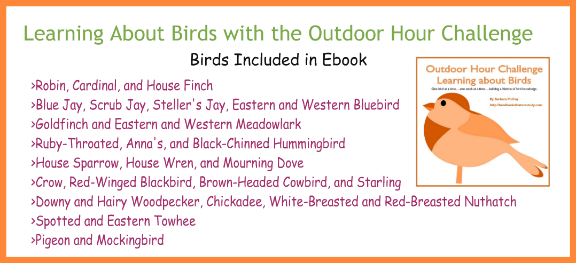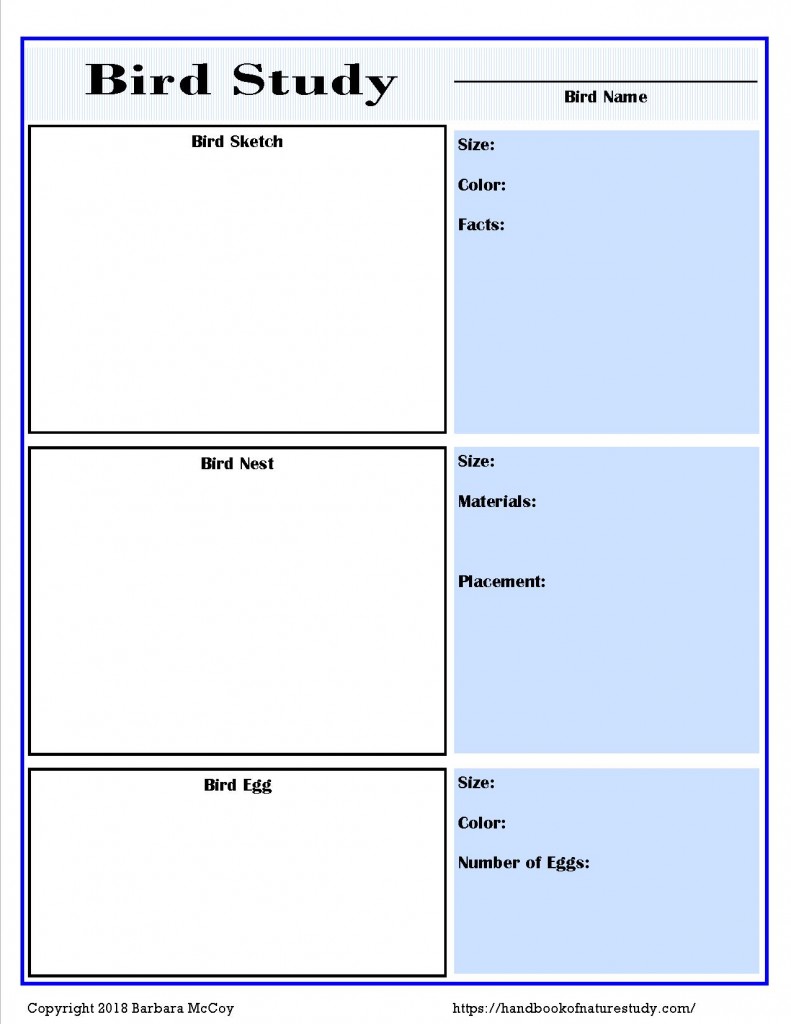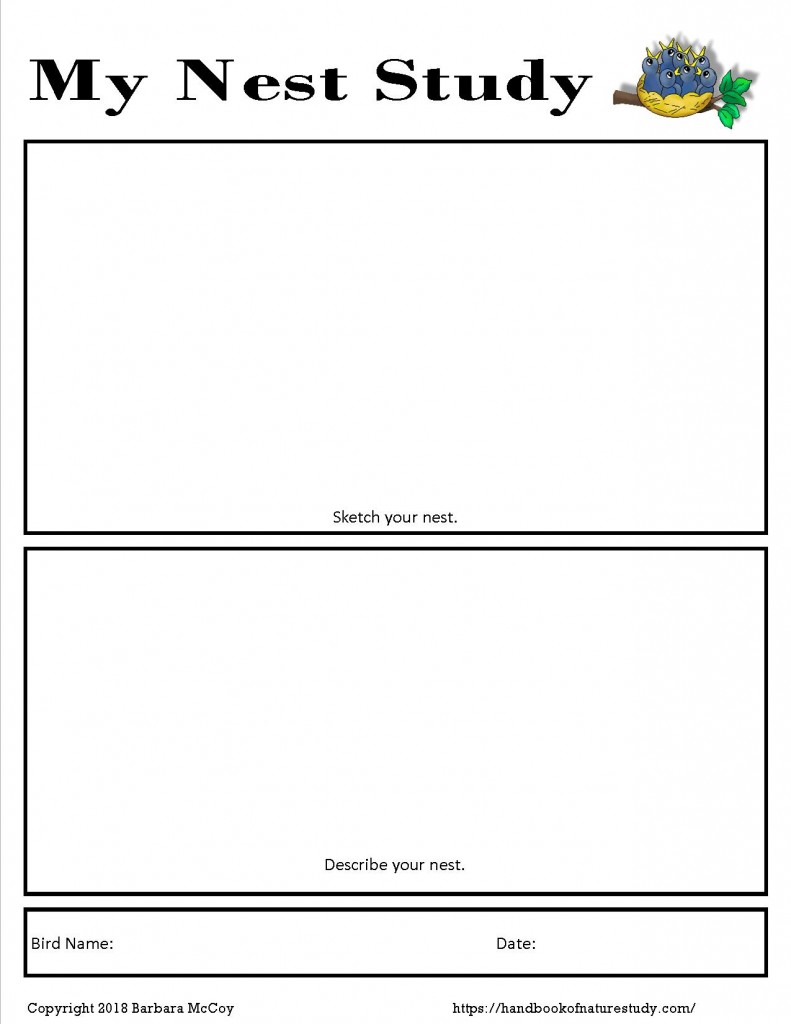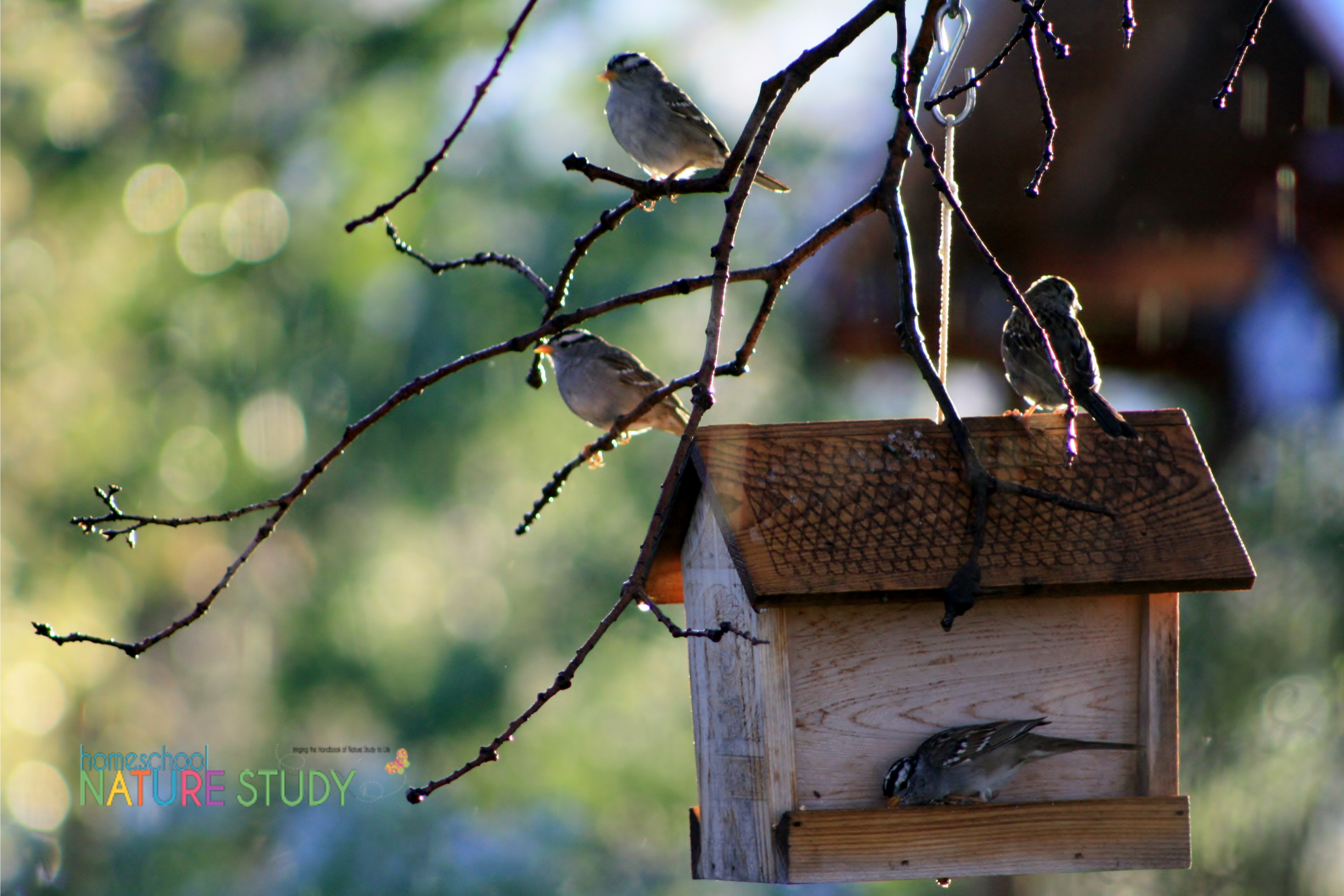
You can enjoy a simple birds homeschool nature study with these resources we have gathered for you to use in your own backyard. It is such a delight to study and learn about these beautiful creatures!
Birds Homeschool Nature Study
This is not required, but it is always good to have some birds homeschool nature study references on hand for your part of the world. Here are some bird resources I have shared about:
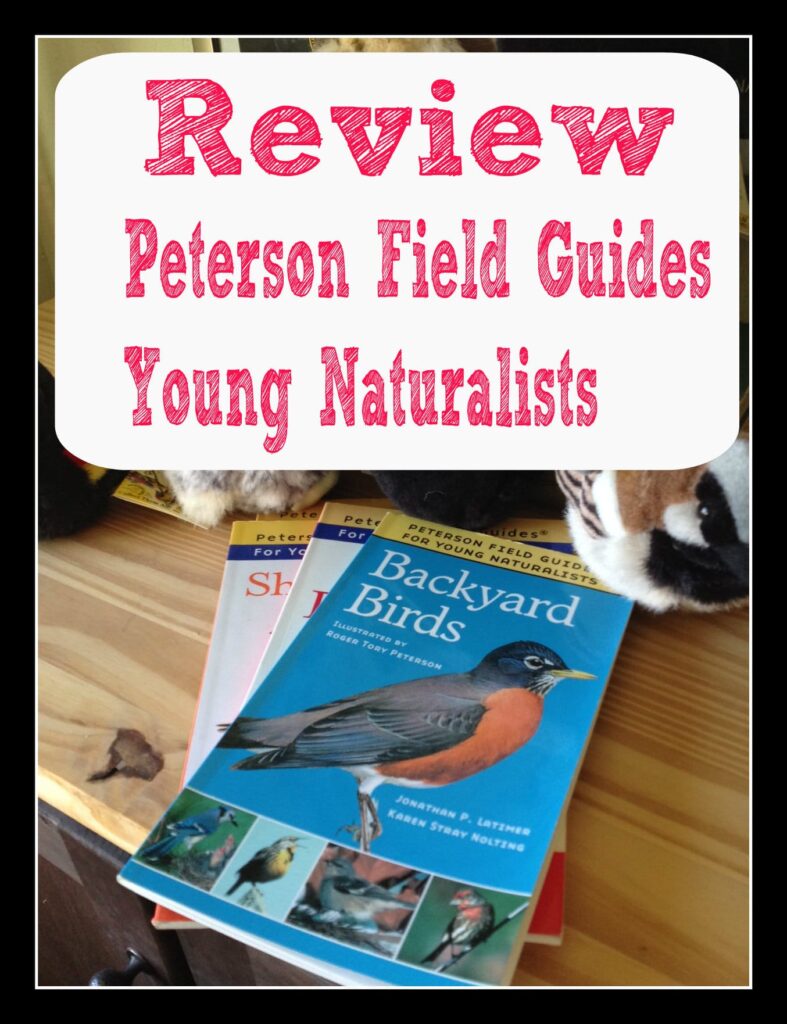
Peterson Field Guides for Young Naturalists – What would the world be without birds? Birds are a favorite subject for young children as they spy birds in their yards and at near-by parks. Nurturing a love of birds is easy when you have one or two of Peterson Field Guides for Young Naturalists on hand. These compact field guides are beautifully illustrated and feature many of the birds you can find right outside your own window. They are enjoyable to page through and you will find yourself sharing these books over and over with your family.

Favorite Bird Field Guides and Resources by Tricia – everything from each child choosing a favorite bird to study to bird field guides with bird songs, a window observation feeder and a suet recipe.
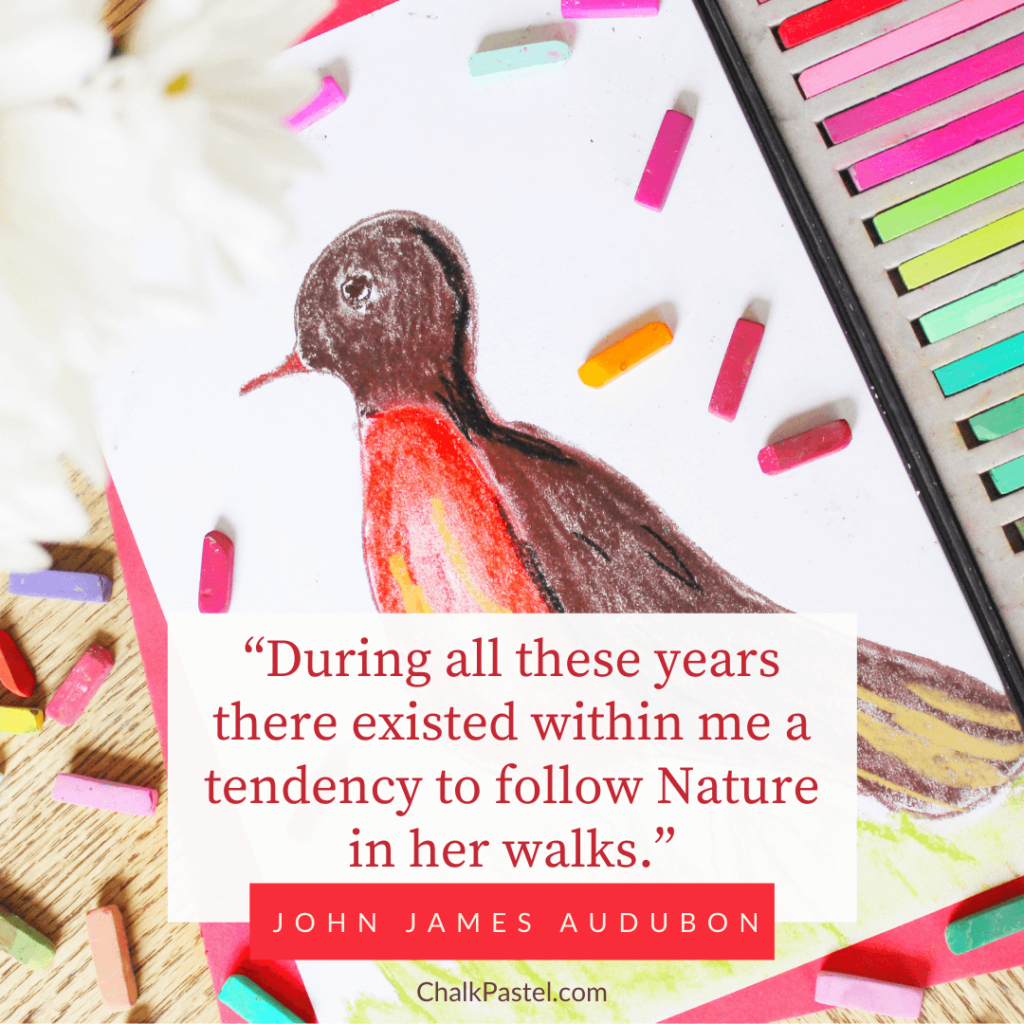
A Homeschool Bird Study with Chalk Pastels by Erin – A chalk pastels bird study with Nana is a wonderful way to introduce bird art lessons in your homeschool. Chalk pastels are perfect for preschoolers to adults. They are super easy to use with no long art supply list needed. You’ll love adding these vibrant birds to your next homeschool nature study or in preparation for the Great Backyard Bird Count!
The Great Backyard Bird Count Homeschool by Heather – It’s that time of the year when citizen scientists everywhere are gearing up for the Great Backyard Bird Count (GBBC). It’s easy to participate and the bird count is a great way to contribute to actual data being used by ornithologists. You can have a Great Backyard Bird Count Homeschool!
Bird Study Outdoor Hour Challenges in Homeschool Nature Study Membership
All of the birds homeschool nature study resources listed are available as an Outdoor Hour Challenge in our Homeschool Nature Study membership. If you have a membership, you will be able to pull up the Outdoor Hour Challenge curriculum and print any notebook pages, coloring pages, or other printables for your birds nature study.

- Autumn Bird
- Winter Bird and Migration – Winter Outdoor Hour curriculum
- Winter Birds – Winter Wednesday Outdoor Hour curriculum
- Spring Bird Bird Song – Spring Outdoor Hour curriculum
- American Dipper – Bird Set #1 Outdoor Hour curriculum
- Baltimore Oriole – Summer Nature Study Continues
- Belted Kingfisher – Autumn Nature Study Continues
- Catbird – Autumn Outdoor Hour curriculum
- Chickadee – More Nature Study Winter Outdoor Hour curriculum
- Chicken – Autumn Outdoor Hour curriculum
- Clark’s Nutcracker – Bird Set #1
- Common Raven – Forest Fun Outdoor Hour curriculum
- Crane- Bird Set #1
- Egret – Bird Set #1
- Flicker –Winter Nature Study Continues
- Goose – Autumn Outdoor Hour curriculum
- Hawks – Autumn Nature Study Continues Outdoor Hour curriculum
- Horned Lark – Bird Set #1
- House Sparrow – More Nature Study Autumn
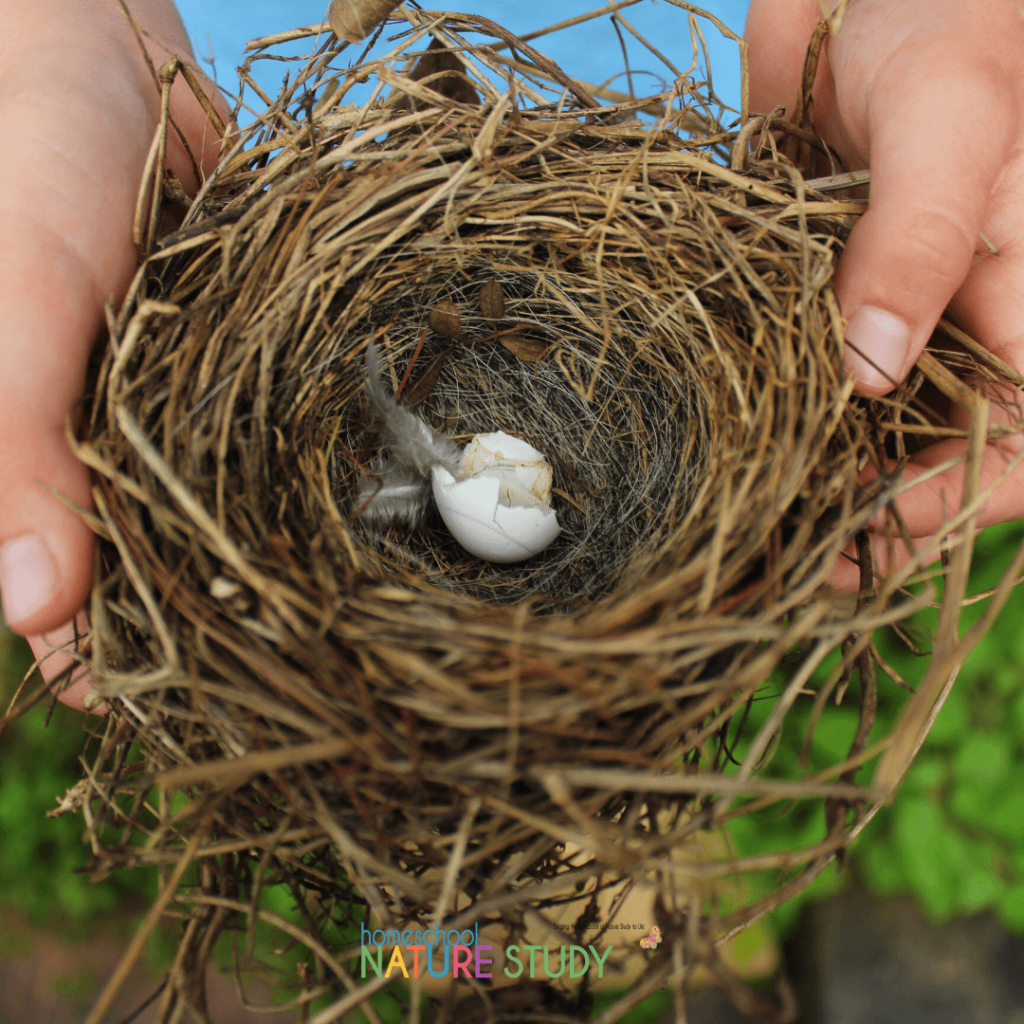
- Hummingbirds and Nests – More Nature Study Summer
- Magpie – Bird Set #1
- Owl and Owl Pellets – Summer Outdoor Hour curriculum
- Owl Study and Printable Notebook Page
- Pelican – Bird Set #1
- Quail – Forest Fun
- Robin – More Nature Study Spring
- Sandhill Crane – Bird Set #1
- Sapsucker – Autumn
- Snipe – Bird Set #1
- Starlings
- Swallows – Autumn
- Swan – Bird Set #1
- Turkey – Autumn
- Western Tanager – Forest Fun
- Woodpeckers
This collection of Outdoor Hour Challenges features an incredibly interesting group of birds: pelican, sandhill crane, Clark’s nutcracker, egret, American dipper, horned lark, magpie, swan, and snipe.
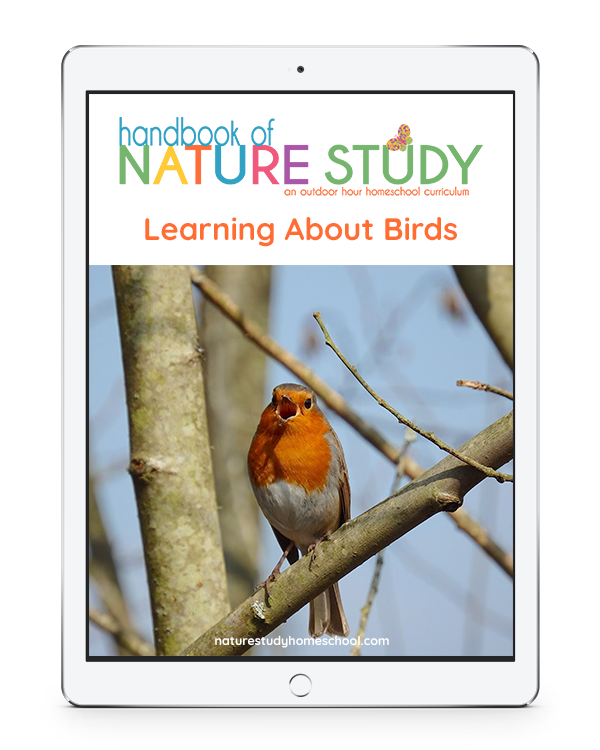
This Homeschool Nature Study Course is a collection of the Birds By Color series with custom notebooking pages, clear images, and lots of links and resources for you to use in your bird nature study. You can access this book by purchasing an Ultimate or Journey level membership here on the Handbook of Nature Study website.
Studying Birds By Color
- Red Birds – Robins, Cardinals, House Finches
- Blue Birds – Jays and Bluebirds
- Yellow Birds – Goldfinches and Meadowlarks
- Hummingbirds – Flight
- Brown Birds – House Sparrows, House Wrens, and mourning Doves
- Black Birds – Crow, Red-Winged Blackbird, Starling, and Cowbird
- Black and White Birds – Woodpecker, Chickadee, Nuthatch, Towhee
- Gray Birds – Pigeon and Mockingbird
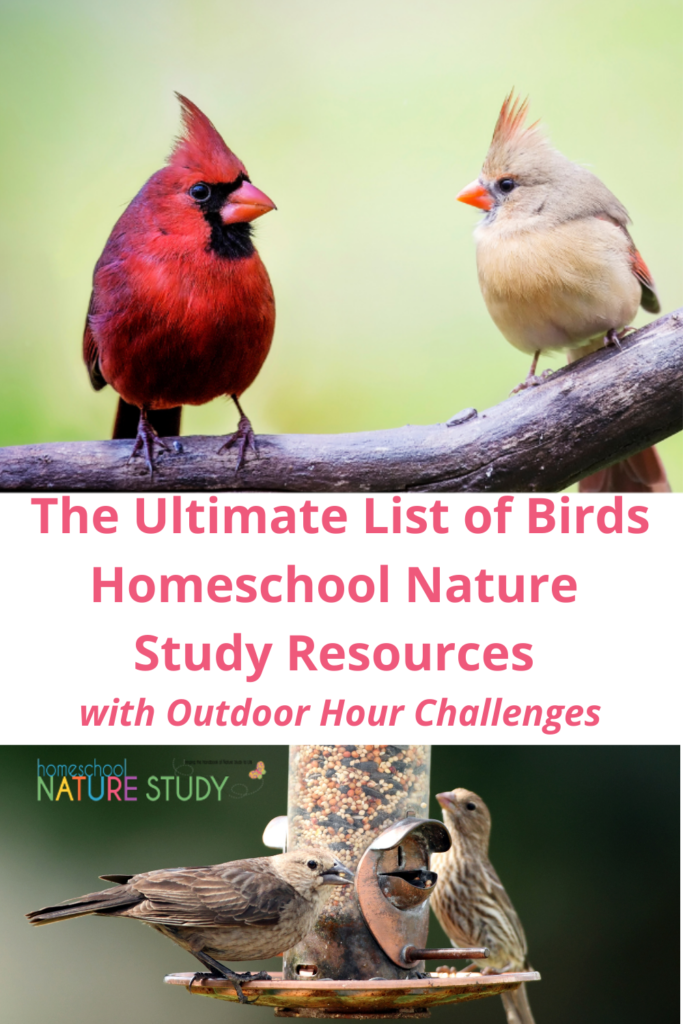
Follow our Bird Nature Study Pinterest Board!
Even More Misc. Bird Study Ideas
We encourage you to take a closer look at these bird study ideas:
- Feet
- Flight
- Eyes and Ears
- Beaks
- Feathers
- Wing and Tail Shape
- Starting a Bird Life List
- 10 Ideas for Keeping a Bird Life List
- Birding By Ear
- Bird Study and Nature Table Printable
- Bird Field Guide Cards Printable
Additional Homeschool Nature Study You May Find Helpful
- Birdfeeders in Winter
- Birdwatching 101: Attracting Birds to Your Yard
- Bird Nature Journal Ideas and the Great Backyard Bird Count (coming soon)
- Book Review: Bird Watching Answer Book (coming soon)
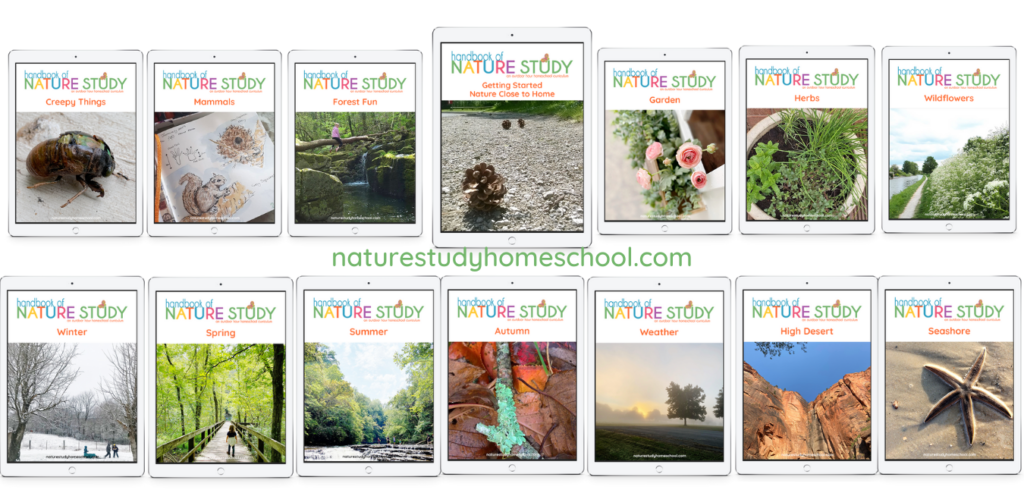
Join The Homeschool Nature Study Membership for Year Round Support
Can you believe all of these bird resources you will find in membership? You will also find a continuing series on bird nature study, bird watching and attracting birds plus all the Outdoor Hour Challenges for nature study in our Homeschool Nature Study membership. There are 25+ continuing courses with matching Outdoor Hour curriculum that will bring the Handbook of Nature Study to life in your homeschool! In addition, there is an interactive monthly calendar with daily nature study prompt – all at your fingertips!
-First published by Barb January 2011 and updated by Tricia January 2022


